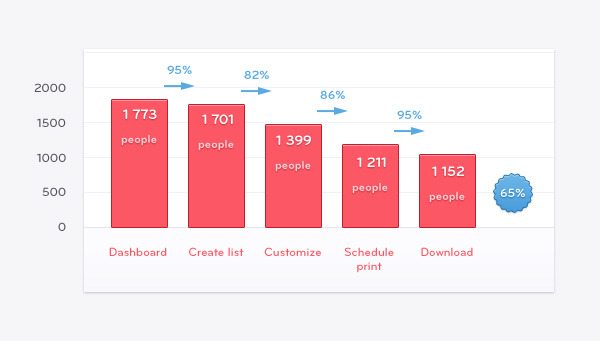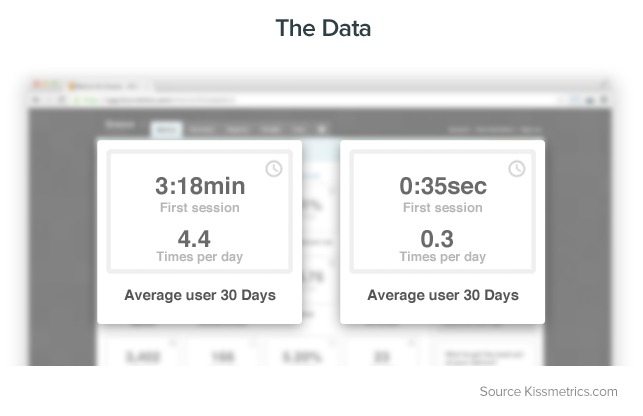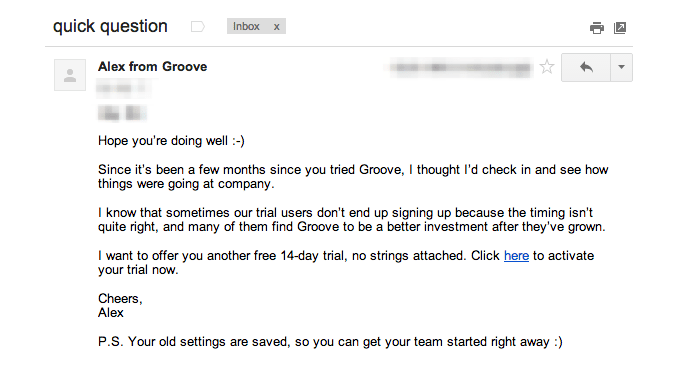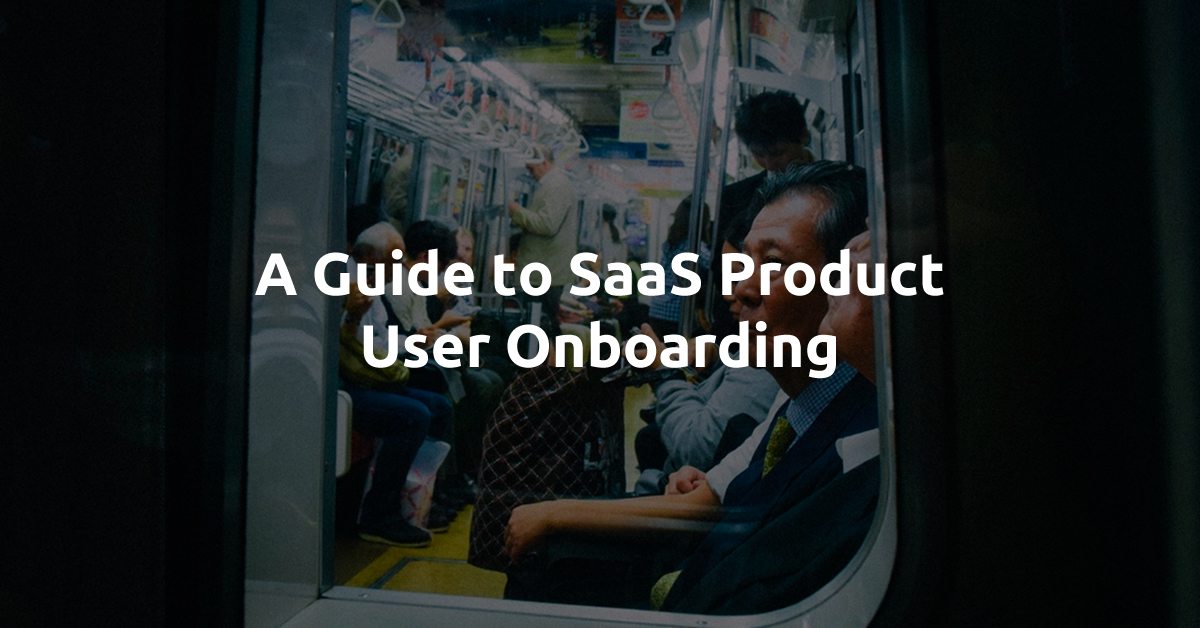Getting people to join your SaaS product free trial is great, but it doesn’t matter how many people are joining a free trial if none of them are converting to paid users.
If people aren’t coming back to your product and paying you, this is absolutely terrible for a business and a business will ultimately fail if it can’t figure out how to convert people into long-term paying customers.
If you can’t seem to retain customers, it’s likely because:
- The customer doesn’t like your pricing.
- Customer wants features that you don’t plan on offering.
- The customer switches to a competitor.
The three reasons why you can’t convert or retain customers mentioned above are all reasons that are largely out of your control. Some reasons why you can’t convert or keep customers that are in your control include:
- The customer can’t figure out how to correctly use your product.
- The customer doesn’t have a correct understanding of what your product does.
- Customer isn’t brought back to the product frequently enough.
- The customer doesn’t understand the value of your product.
People typically fail converted for the four reasons that are in your control if you fail to immediately delight them with your product and marketing efforts. Once a person starts a free trial, that’s when you really need to focus on onboarding and helping people discover the value in your product (fast!).
If you have a great customer onboarding flow and an immediately pleasurable product experience, it becomes a lot more likely that a person will want to both use and pay for your product.
Definition: Customer Onboarding
Customer onboarding is the initial process, starting from a welcome email, that continues over a period of time and attempts to keep a customer actively using your product.
The customer onboarding process is effectively a guided tour of the SaaS product that helps a user start using and start receiving as much value as possible from a product.
The customer onboarding experience is a vital part of a SaaS business because it helps facilitate product interactions and engagement with your brand. Both of these things determine if a person will ever return to your product.
Patrick McKenzie of Intercom.io elaborated on this notion in an article on the Intercom.io blog:
“40-60% of users who sign up for a free trial of your software or SaaS application will use it once and never come back…
If you think I’m wrong, I bow to your data. If you have no data on this subject, start tracking it: everyone who I’ve ever told to do that comes back shocked and dismayed.”
McKenzie reminds us is that we should be both focused on bringing free trial users back to our software and also stay keenly observed on the metrics that drive continued engagement between the free trial user and your product.
What’s clogging your funnel?
In the article where Patrick McKenzie gave the above quote, he also talks about Funnel Analytics. He refers to Funnel Analytics as being the steps that a user needs to complete to begin to successfully start using a product.

If you’re not collecting this data, we recommend using a product like KISSmetrics or Mixpanel to start tracking important product events.
Both KISSmetrics and Mixpanel typically require a development team to implement. If you don’t have a development team to utilize, you can use Walkme.com or Heap Analytics to work on improving your onboarding funnels.
Thinking about Funnel Analytics
When you’re thinking about funnel analytics, you should be asking the following two primary questions:
- What steps should the user be taking to help achieve our desired onboarding goal?
- What are the key action(s) we want our user to be taking within the product?
The place where users are dropping off between these two questions is where the greatest opportunity for improvement lies.
Determining user drop off points
If you’re looking at your key metrics and analytics and notice where people drop off during the onboarding experience, you’ve spotted a growth opportunity.
When you’ve spotted a growth opportunity, you should do a usability test that is focused on the signup flow and first onboarding steps.
If you want to conduct efficient usability tests, two great services to use are Usertesting.com & YouEye. Both of these services will allow you to gather feedback from your users.
Quantitative and qualitative feedback
To maximize the opportunity that you’ve spotted in user drop off points, you should be focusing on both your quantitative and qualitative feedback.
By focusing on your qualitative and quantitative feedback, you can immediately start improving the onboarding process of your SaaS product.
You can figure out how to unclog your conversion funnel and get people using your product and discovering its value faster.
If you can help free trial users understand the value of your product and use it faster, there’s no reason why you can’t improve conversions from trial to paid by 10-20%… potentially exploding the revenue that your company generates.
Finding red flag metrics
If you really want to improve your onboarding flow, you should identify what is called red flag metrics.
This means taking the time to look at the user activity of a person who doesn’t convert, and understanding how they used your product during the trial period.
You could perhaps, like GrooveHQ, learn something along of users who barely log in and spend little time in your SaaS app are far less likely to convert to paid.

GrooveHQ used KISSmetrics to learn about the average time it takes for a user to complete various tasks within their app. They found this data to be valuable because when key tasks took too long to complete, they knew that they need to reduce the amount of time it took for those tasks to get completed. When the time for those tasks took shorter to complete, the number of customers that convert to paid increases.
One smart thing that GrooveHQ also did, beyond just look at their KISSmetrics data, sent an email out to people who failed to convert during their trial period.
The email that they sent out was from their CEO and it offered to extend free trials, with no strings attached.
Here’s what that email looks like:

Obsess over experimentation
Great SaaS product user onboarding comes from obsessive experimentation. This means testing out ideas and seeing how they impact your business growth. When you’re constantly experimenting, you’re constantly learning. When you’re constantly learning, it becomes a lot more likely that you’ll find the biggest revenue growth opportunities.
